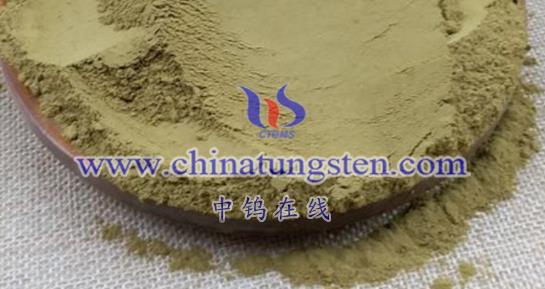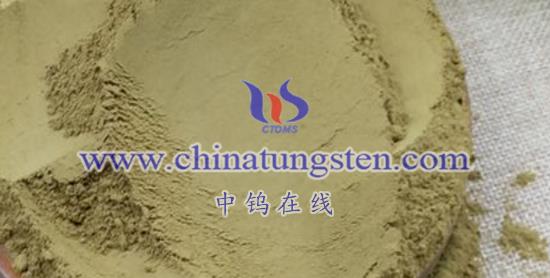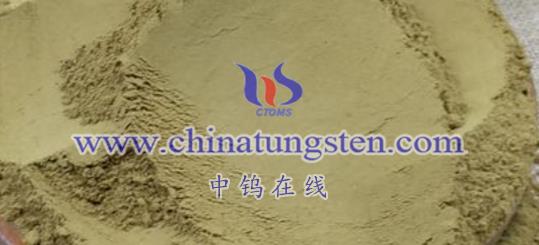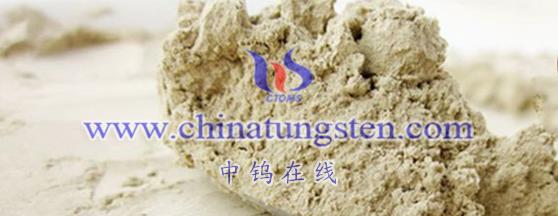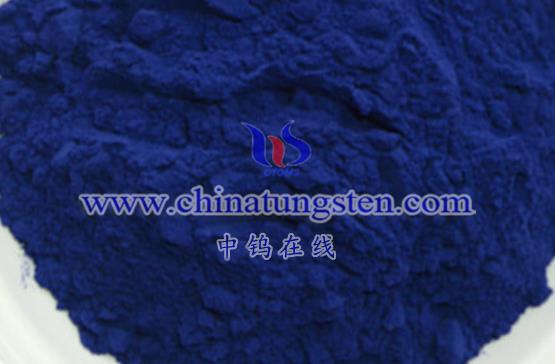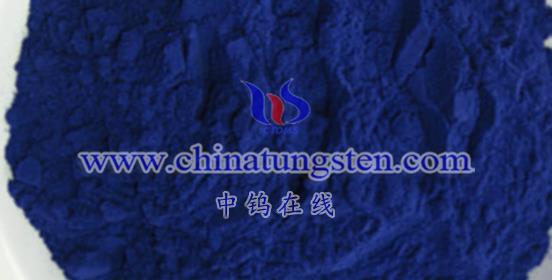Although nano tungsten trioxide (Nano-WO₃) offers several advantages in lithium-ion batteries, such as increased energy density, improved cycling stability, and accelerated charge and discharge rates, it also has some notable drawbacks. Here’s a detailed analysis of its disadvantages:
- Structural Stability Issues Due to Volume Changes
During the charging and discharging processes, nano tungsten trioxide experiences significant volume changes as lithium ions are inserted and removed. These volume fluctuations can lead to the pulverization and detachment of the electrode material, compromising the structural stability of the electrodes. Such destabilization directly affects the battery’s cycle life and performance stability.
- Relatively Poor Conductivity
While the conductivity of nano tungsten trioxide is improved compared to its bulk material, it still remains relatively inferior when compared to other highly conductive anode materials like graphite and silicon-carbon composites. This lower conductivity can limit the battery’s performance under high-rate charge and discharge conditions, negatively impacting power output and user experience.
- Complex and Costly Fabrication Processes
The preparation of nano tungsten trioxide involves relatively complex processes, requiring advanced nanotechnology and specialized equipment. This complexity can lead to higher production costs, making it less competitive for large-scale manufacturing. Additionally, intricate fabrication methods may affect the quality and consistency of the final product.
- Compatibility Issues with Other Materials
In lithium-ion batteries, nano tungsten trioxide often needs to be combined with other materials (such as conductive agents and binders). However, due to its unique physicochemical properties, nano tungsten trioxide may face compatibility challenges with these other materials. Such compatibility issues can lead to reduced battery performance or other adverse effects.
- Safety Concerns
Although nano tungsten trioxide is generally considered safe for use in lithium-ion batteries, specific conditions (such as overcharging, deep discharging, or high temperatures) may still pose safety risks. For example, reactions between nano tungsten trioxide and the electrolyte could generate gases, leading to increased internal pressure within the battery and potentially causing safety hazards.
Conclusion
While the application of nano tungsten trioxide in lithium-ion batteries has significant potential and numerous advantages, it also presents several challenges and drawbacks that need to be addressed. To fully leverage its benefits while overcoming these disadvantages, further efforts are required in optimizing fabrication processes, enhancing conductivity, improving structural stability, reducing costs, and strengthening compatibility with other materials.
More details of tungsten oxide product, please visit website: tungsten-oxide.com
Please contact CHINATUNGSTEN for inquiry and order of tungsten oxide:
Email: sales@chinatungsten.com
Tel.: 86 592 5129595
